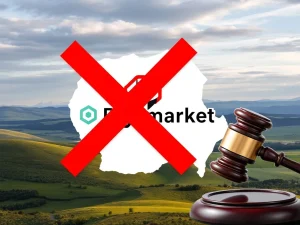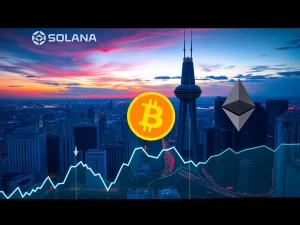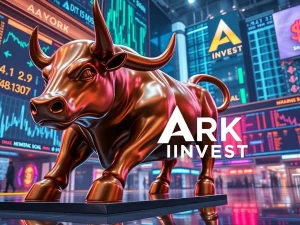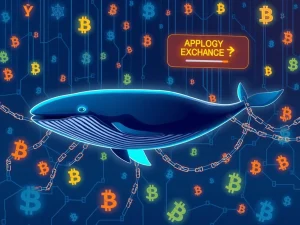Curve Finance Revolutionizes CRV: A $60M Proposal for Remarkable Yield
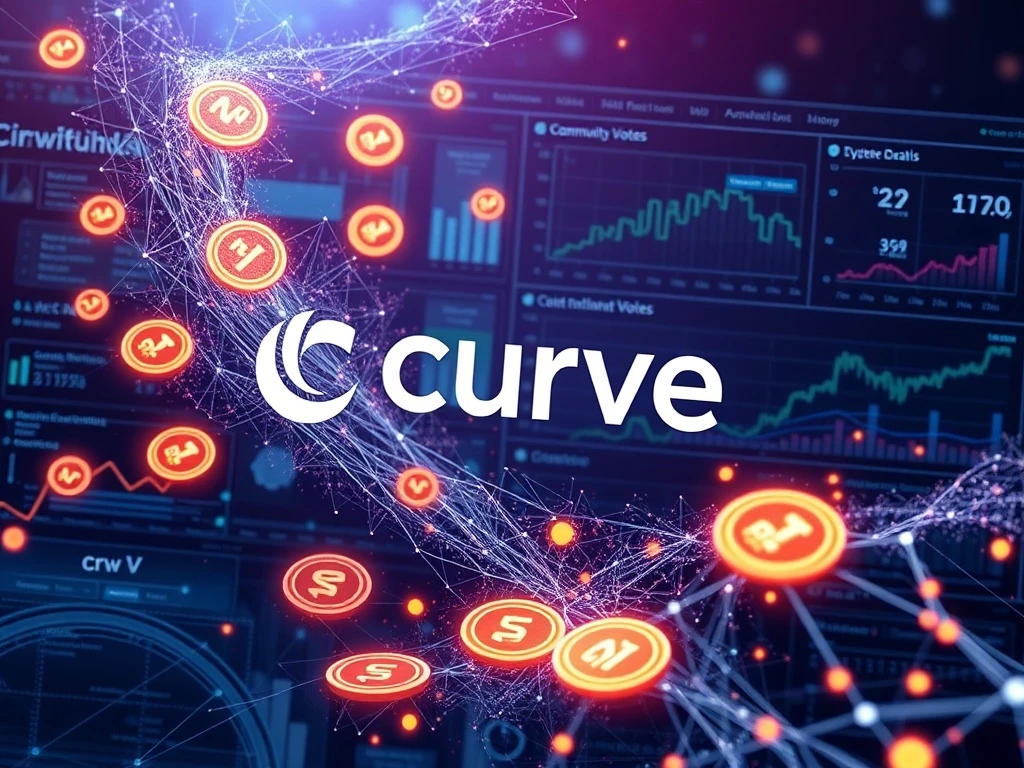
The decentralized finance (DeFi) landscape constantly evolves. Currently, the **Curve Finance** community faces a pivotal decision. They are voting on a significant $60 million proposal. This initiative aims to transform CRV into a yield-bearing asset. Such a move could open up substantial new income streams for the protocol and its entire ecosystem.
Curve Finance Unveils Transformative CRV Yield Proposal
Michael Egorov, the founder of Curve Finance, introduced this groundbreaking proposal in August. It seeks to establish a $60 million credit line of crvUSD for a new mechanism called Yield Basis. Voting commenced on Wednesday. At this writing, an overwhelming 97% of votes cast support the proposal. This strong community backing highlights the perceived value of the initiative.
Under the innovative Yield Basis framework, CRV holders who stake their tokens will receive veCRV (vote-escrowed CRV) in return. This process effectively generates income for these dedicated stakers. The Yield Basis structure promises a significant return. It will allocate between 35% and 65% of its value directly to holders of veCRV. Furthermore, an additional 25% would be reserved for the broader Curve Finance ecosystem. This dual allocation ensures both stakers and the protocol benefit.
Egorov explained the strategic importance of the credit line. He stated it would provide sufficient capital to create liquidity pools for three key assets. These assets include WBTC (Wrapped Bitcoin), cbBTC (Coinbase Wrapped Bitcoin), and tBTC (Threshold Bitcoin). These additions will enhance Curve’s offerings. Egorov further emphasized the proposal’s benefits. “In order to get more incentives for Curve ecosystem as well as to pay a fee for having Curve technology (cryptopools) powering its core, Yield Basis makes an allocation equal to 25% of YB which Yield Basis liquidity providers are getting to Curve,” he wrote in the proposal. This ensures sustainable growth and rewards for all participants.

Understanding veCRV and Ecosystem Benefits
The **veCRV** mechanism lies at the heart of Curve Finance’s governance and incentive structure. When users lock their CRV tokens, they receive veCRV. This grants them voting power in the DAO. It also boosts their rewards from liquidity provision. The new Yield Basis proposal significantly enhances the utility of veCRV. Holders gain direct access to a substantial portion of the generated value. This creates a strong incentive for long-term commitment.
The allocation strategy demonstrates a balanced approach. A considerable percentage of the Yield Basis value goes to veCRV holders. This rewards those who actively participate in governance and secure the protocol. Simultaneously, the 25% reserved for the ecosystem fosters innovation and development. This ecosystem allocation can fund grants, security audits, or further protocol upgrades. Such investments strengthen Curve Finance’s long-term viability. They also ensure its continued leadership in the DeFi space.
Tackling Impermanent Loss with Innovative Solutions
**Impermanent loss** represents a significant challenge for liquidity providers in decentralized exchanges. This phenomenon occurs when the value of digital assets deposited in a liquidity pool declines more than if those assets were simply held outside the pool. It typically arises from market volatility and liquidity pool rebalancing. For many DeFi participants, managing impermanent loss is a constant concern.
The Yield Basis aims to directly address this critical issue. It utilizes a clever strategy. The system borrows and simultaneously creates a supply sink. This innovative approach stabilizes asset values within the pools. Egorov elaborated on this mechanism. He stated, “Therefore, TVL and debt in Yield Basis can scale up to any size without affecting crvUSD peg negatively.” This design ensures robustness. It also allows for significant expansion without introducing adverse effects on crvUSD’s stability. By mitigating impermanent loss, Curve Finance makes liquidity provision more attractive and less risky. This can draw more capital into the protocol.
Navigating Market Dynamics and DeFi Growth in 2025
**Curve Finance** maintains its position as a major player in decentralized finance. As of Thursday, its total value locked (TVL) stands at $2.4 billion, according to DefiLlama. However, this figure represents a considerable drop from its peak. In January 2022, Curve’s TVL reached approximately $24.2 billion. The protocol has also faced various challenges. It suffered multiple domain name service (DNS) attacks. The appearance of a fake Curve Finance app also created security concerns. These incidents underscore the persistent risks in the DeFi sector.
Despite past setbacks, the broader DeFi sector shows strong signs of recovery and **DeFi growth** in 2025. A significant lull period characterized mid-2022 and most of 2023. Now, the sector is experiencing renewed momentum. Across all protocols, TVL, a key measure of DeFi health, has risen substantially. It reached $163.2 billion on Thursday. This marks a significant increase from $115.8 billion on January 1, 2025. That represents a 40.9% rise in just under nine months. This impressive growth signals a bullish trend for the entire decentralized finance ecosystem.
Broader DeFi Landscape: Aave and Ethena’s Momentum
Other prominent DeFi protocols also demonstrate remarkable progress. Aave, a leading lending protocol, boasts a $42.5 billion TVL. It has made significant strategic moves in the space. In August, Aave successfully went live in the Aptos ecosystem. Aptos is a blockchain with few direct competitors to the DeFi giant. Aave is also actively working on a new version of its protocol. This updated version is set to go live in the coming months, promising further innovation.
Ethena has also experienced substantial momentum. Its synthetic stablecoin has garnered significant attention. This surge in interest followed the passage of the GENIUS Act in the United States. Ethena crossed an impressive $500 million in revenue in August 2025. These successes from Aave and Ethena illustrate the dynamic and expanding nature of the DeFi market. They contribute to the overall positive sentiment surrounding **DeFi growth**.
Conclusion: A New Era for CRV Yield
The Curve Finance community’s vote on the $60 million Yield Basis proposal marks a crucial moment. This initiative promises to make CRV a robust **CRV yield**-bearing asset. It addresses critical issues like **impermanent loss**. It also provides significant benefits to **veCRV** holders and the broader ecosystem. As the DeFi sector continues its strong **DeFi growth** trajectory in 2025, Curve Finance aims to solidify its position. This proposal represents a bold step towards enhanced sustainability, greater utility, and increased value for its community members.



